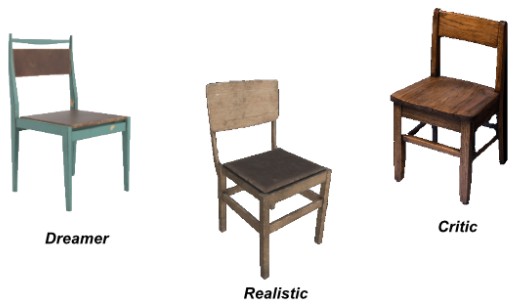Have you heard of the creative method called the 3 Disney Chairs ?
What is it exactly ?
How to use it?
We all know Mr. Walt Disney and his artwork, which was part of our childhood (even for some of us part of our adulthood). Stories, full of imagination and creativity, yet how did he do develop all those ideas and apply them ? Here, we will discover together the method of the 3 Disney Chairs, which helps to define the feasibility of an idea. This approach is applicable for projects development within companies.
Its Purpose
The objective of this technique is to analyse ideas from all different angles. It means that when you are developing and idea or concept, the 3 chairs will allow you to have 3 perspectives and decide if the project is achievable.. For a company, using this method facilitates to decide if an idea can be developed further, without being of too high risks for them. It is especially pertinent to use it during a Brainstorming. To better understand this concept, here is an illustration followed by a deeper analysis :
The Process

Here, it is highly recommended to have actual chairs, so that participants can sit on them. More specifically, you would need a chair for the dreamer, one for the realistic and another one for the critic. The candidates will sit on each of them in turn (although the exercise can be done in groups too), with the aim of developing point of view depending on the role defined by the chair. Let us then have a seat :
- Dreamer chair : share all your positive thoughts about the defined project, concept or idea. Why should this idea be retained ? What profitability does it offer ? When you have given finished giving your opinion, go to the next chair.
- Realistic chair : this time, be more down-to-earth. Your aim is to be more pragmatic, think budget, feasibility, material needed, etc.
- Critic chair : here, call into questions all that have been said, as long as it is done constructively. What are the risks to develop the ideas ? Is it really worth it ?
Remember
As during any method of ideation, each collaborator should accept others ideas and opinions, avoid judging and work collaboratively. The goal is always the same : developing a meaningful and achievable project, and that as a team, because remember -> when 2 wise men exchange ideas, better ones are produced ! (Tibetan proverb)